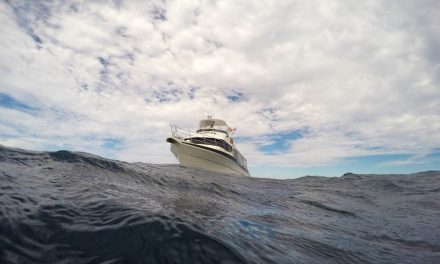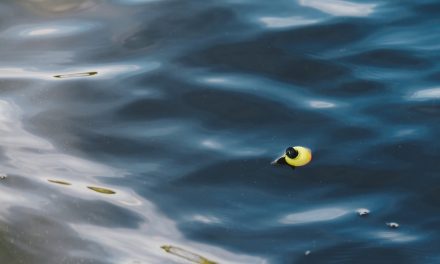There are a couple of fillets from last year’s fishing trip still in the bottom of the freezer. They sound pretty tasty, but are they still good, or do they need to be pitched?
Frozen raw fish can last from three to six months in the freezer, longer if vacuum sealed. The length of the storage time is determined by if the fish is a “fatty” or lean” fish, the type of freezer used to store the fish, and the method of packaging used to preserve the fish. Pretreating the fillets with a brine dip or glaze before freezing will also increase the quality of the fillet after it thawing.
Why and When to Freeze
Freezing is the best course of action to preserve raw fish if you will not be preparing it within a couple of days. If the fish is already cooked, it can still be frozen.
The best time to freeze fresh fish is as soon as possible after cleaning. Freshness before freezing equals quality afterward. If the fillet is allowed to sit out for any length of time, then the shelf life of the frozen fish will be shortened.
Methods of Freezing
Before freezing, pretreat your fish by dipping for twenty seconds in a solution. For lean fish like pike, cod, and flounder, use a solution of a quarter cup of salt to a quart of cold water. The brine bath will firm the flesh and help preserve the flavor. For fatty fish such as trout, tuna, or salmon, use a dip of 2 tablespoons crystalline ascorbic acid to one quart of cold water to prevent flavor change and control rancidity.
Glazing
Glazing is creating a frozen layer around the fish so that oxygen cannot get in. There are two methods of glazing. The first is ice glazing. To ice glaze, place the fish in the freezer unwrapped. As soon as it is frozen, remove and dip in ice water and return to the freezer to freeze the water layer. Repeat this step until the fish is thoroughly covered in a layer of ice.
The second method is a lemon-gel glaze. Mix a quarter cup lemon juice with one and three-quarters cups water. Remove a half-cup of the mix and dissolve a packet of unflavored gelatin into it. Boil the rest of the water and stir the gel mix into it before placing it in the fridge to cool. When the mixture is at room temp, dip the cold fish into the mixture, drain and wrap or bag, then freeze.
Water Bath
This method was the one my parents used most. Put the fish or fillets into a bag or container and fill with enough water that the fillets are not touching the sides. Close up the container and freeze. It is the fastest and easiest method, but the fish ends up at a lower quality than other methods after thawing.
Vacuum Sealing
The king of food preservation is the vacuum sealer. Fish preserved this way can last over a year in the freezer. As with other methods of freezing, preparation is paramount to success. First, check for any bones that could puncture the bag, then start by pre-freezing the fillet for several hours. Then vacuum seal the bag.
Another popular pre-treatment is to soak the fillets in brine water for several minutes before freezing, then press the water out with a paper towel, bag, and seal, then freeze. Brining can also take place before pre-freezing to firm the texture of the flesh.
The biggest key with vacuum sealing is that the bag and two inches from the seal must remain dry for the seal to work. Some sealers will not function well if moisture is sucked out of the bag into the sealer. Make sure that your fish is frozen or dry before bagging and sealing. Also, make sure that the bag itself is dry before sealing it.
Types of Freezers
The type of freezer used to store your frozen fishy goodness also plays a role in the longevity of your food. A traditional freezer that can be kept at 0 degrees will keep a fillet for the full recommended time. If you have a frostless freezer, you will need to eat your catch within several months. A frostless freezer will periodically cycle above 40 degrees to prevent ice buildup, but this can allow food to partially thaw and then refreeze, affecting quality and shelf life.
Thawing
Fish should be thawed in a cold environment such as the fridge to avoid bacterial contamination. The fridge should be set to 38 degrees or colder. Fillets can also thaw in a cold-water bath in the sink, however, the slower the defrost, the better the texture of the cooked fillet, so plan ahead. If your fish is vacuum-sealed, break the seal before putting it in the fridge so that the meat does not thaw under pressure. After thawing use your fish in two or three days to avoid the meat going bad.
Conclusion
If you cannot eat your catch within a couple of days, freezing it is the way to go. Properly prepared and frozen fillets, or whole fish will last three months to a year when frozen, and that is plenty enough time to get around to turning it into a meal. As for me, I see a vacuum sealer in my future.
- 10 Types of Fish That You Should Never Eat - May 29, 2021
- What Fish Does Caviar Come From? - May 29, 2021
- How Fishing Has Changed Over Time: A Brief History - May 29, 2021






